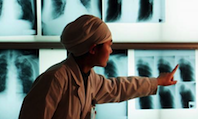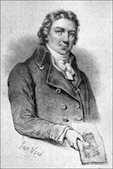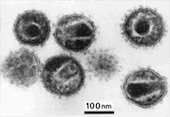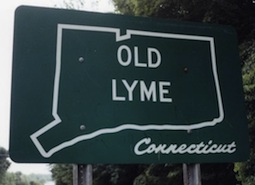A Virtual Immunology Lab Emerging Infectious Diseases
All About Vaccination
|
 |
The Science of Biology |
Think about it - OFor thousands of years, people believed that diseases were cause by curses, evil spirits, or vapors rising from foul marshes or dead plants and animals. In fact, malaria was named after the Italian words meaning "bad air." This isn't all that surprising, because until microscopes were invented, most causes of disease were invisible to the human eye!
![]() Key Questions Include:
Key Questions Include:
What causes infectious diseases?
How are these diseases spread?
What are the body's nonspecific defenses against pathogens?
What is the function of the immune system's specific defenses?
What are the body's specific defenses against pathogens?
How do vaccines fight diseases?
How do public health measures fight disease?
Why have patterns of infectious diseases changed?
How can misguided immune responses cause problems?
What causes AIDS and how is it spread?SciLinks: Diseases
SciLinks: The Immune System
SciLinks: Cancer Cells
The Search for a Cause
In 1975, researcher Allen Steere faced a medical mystery. Thirty nice children and several adults living in one small area (the town of Old Lyme) of Connecticut were suffering from joint pain and inflammation. At first glance, the children's symptoms looked like a rare form of arthritis. But Dr. Steere thought it unlikely that so many cases of childhood arthritis could occur in such a small population. So, he began looking for another explanation.
Click Here for the complete Chapter Mystery

Tuberculosis
Its Re-Emergence
(from Newsweek)








